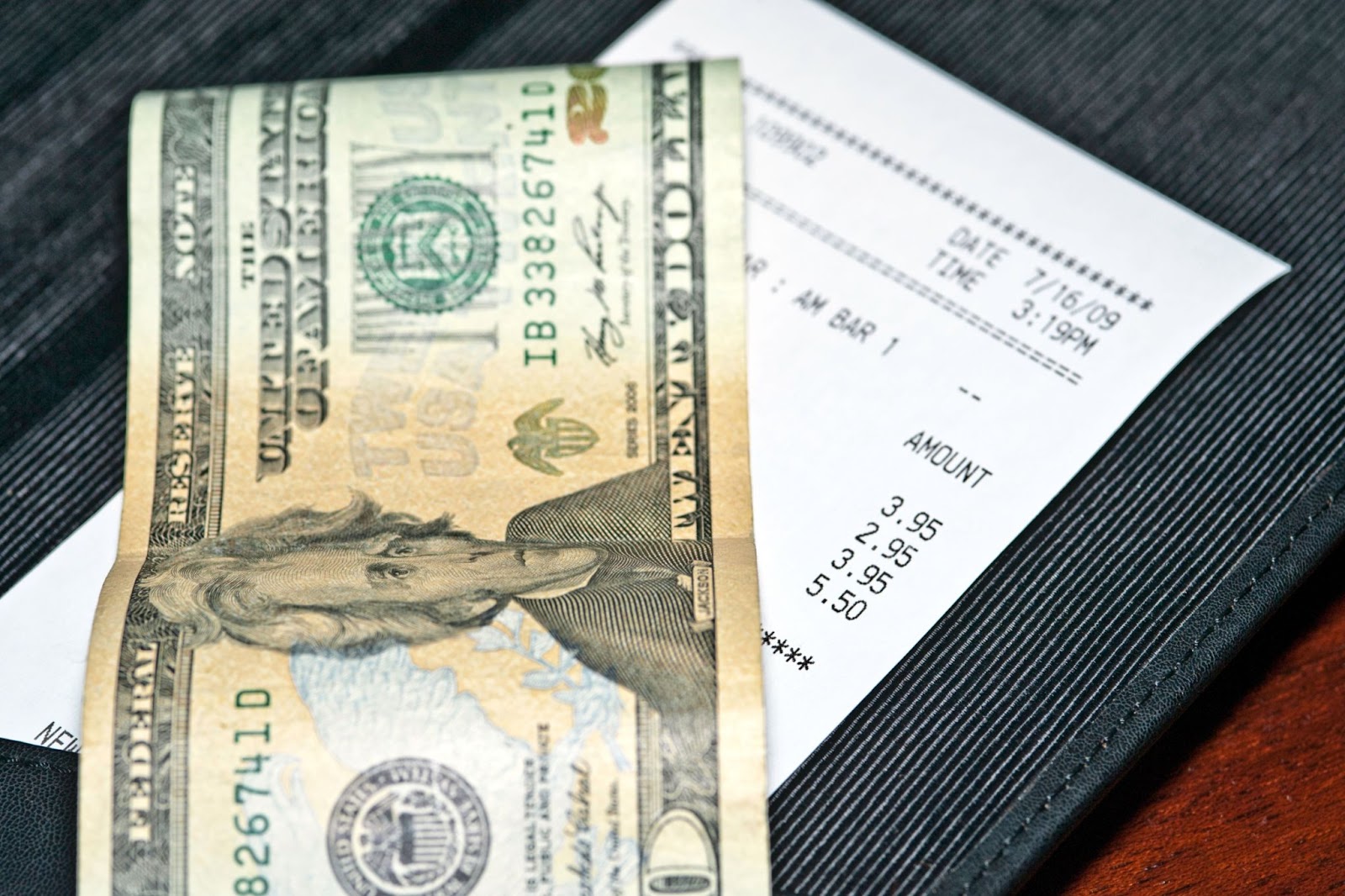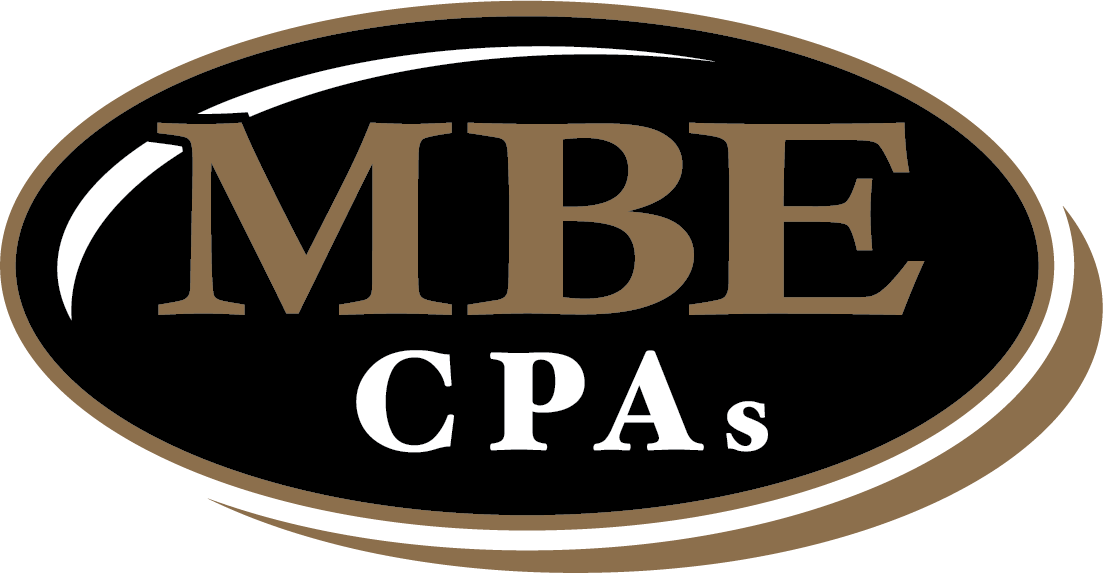What Metrics Matter for Your Restaurant

I’m Doug Gross, a partner at MBE CPAs, and I’m genuinely passionate about the restaurant industry. I’ve seen what it takes to run these places—hard work, long hours, and lots of dedication from the folks who make sure our favorite spots are up and running every day. I’ve learned many restaurant owners are passionate about growth, not just maintaining the status quo. Every mom-and-pop diner and all hometown eateries next to the big names have unique stories. Their days are long, their nights are short, but they’re passionate about their work.
But there’s one thing these business owners must know—understanding their numbers. I’m talking about the kind of financial know-how that can make or break a place. I’m here to talk about these critical numbers. They’re like secret recipes for doing well. They may even allow you to open new locations, growing bigger than you thought possible.
Featured Topics:
Profit Margin
Knowing your profit margin is key to success. Food costs can swallow your hard work. You can gauge the true profitability by monitoring your cost of goods sold (COGS) and operation expenses. Doing well in this area can lay the groundwork for growth. Steady profit margins suggest a reliable business model ideal for duplication.
Inventory Turnover
Fresh ingredients make great food. Inventory turnover reflects your asset management. Holding too much stock, you risk wastage and cash flow blockages. Too little, and you’re turning away customers with an empty plate. Striking the right balance shows off your managerial skills. This is crucial when looking at that space across town for your next big restaurant venture.
Prime Cost
The financial backbone of your restaurant hinges on two key factors: labor and COGS, collectively known as the prime cost. This measure can be risky if not handled carefully. Steady prime costs indicate a stable operation that can endure the pressures of scaling up. Manage labor, portions, and suppliers to handle this metric. This will prepare you for expansion.

Revenue Per Square Foot
Break-Even Point
Storms come and go, and those who weather them know their break-even point—the eye of the financial storm. Knowing your break-even point is crucial. You should rarely, if ever, operate at a loss. Expansion is exciting but risky. Don’t let ambition cloud your judgement.
Employee Satisfaction
Lastly, while not a number on your spreadsheets, employee satisfaction is gold in the bank. Motivated staff will transpose the culture and quality of your first venture to the next. Your employees are crucial to your success. They impact the guest experience and your finances.
Dreams of restaurant expansion require more than just an appetite for success. They necessitate a diet of reliable financial metrics. At MBE CPAs, we’ve walked alongside countless restauranteurs through their journeys of flourishing legacies. Remember, the numbers keep the flame alive beneath the simmering sauces and the sizzling pans.
Think of your restaurant as a satisfying meal. Keep customers engaged with great food and service. These financial numbers? Your employees are key to your restaurant’s success. Treat them well.
Ready to taste the future in all its savory glory? Here’s to your next chapter, Chef. Bon appétit.
